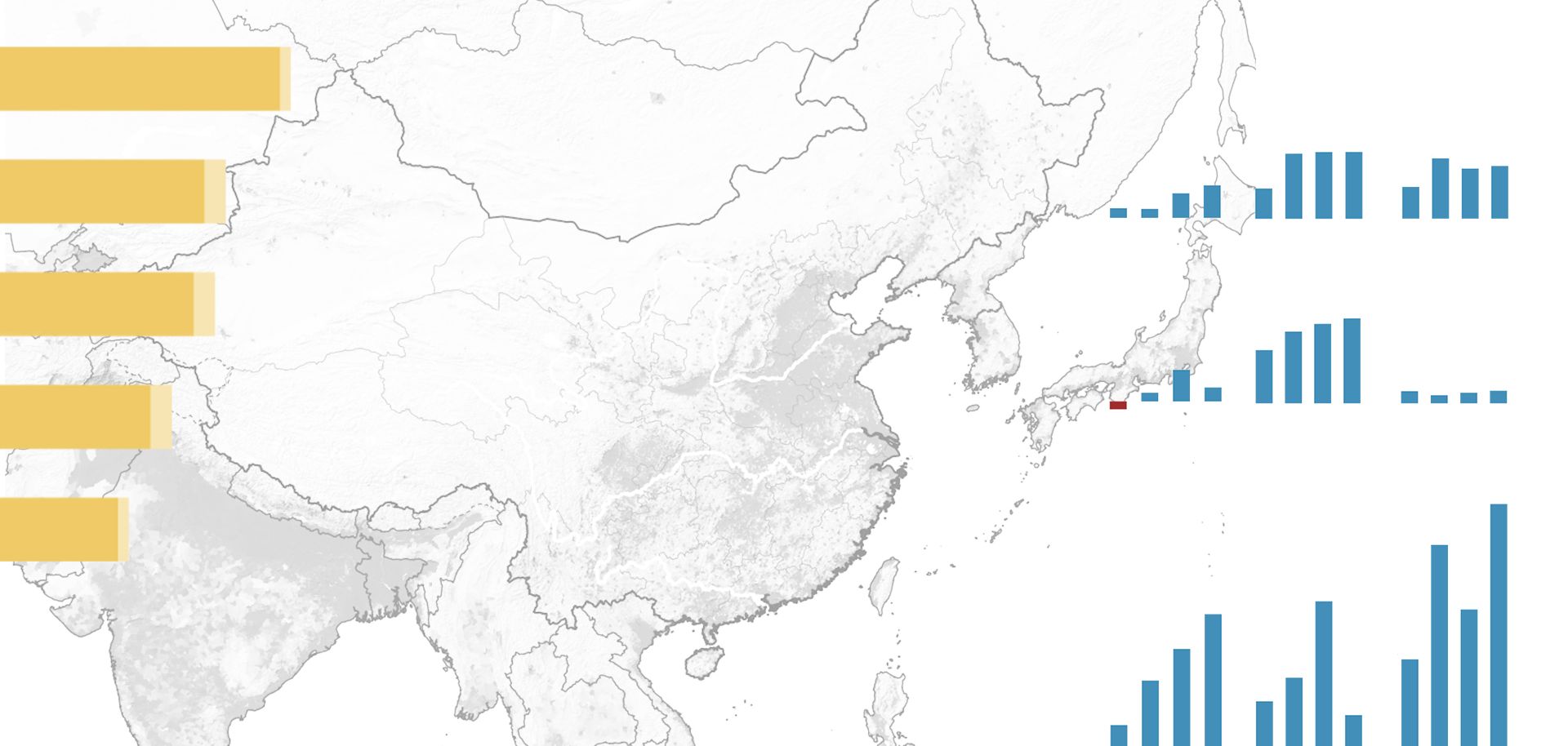
A recent surge of investment from foreign companies and governments into Ethiopia's railway network is fueling development of the country's transport infrastructure. Rail transport continues to be the most efficient way to move freight from inland Africa to the continent's coastal ports, and investment in Ethiopian rail would not only increase economic activity inside the country, but areas farther inland as well.
The multiphase development of the Ethiopian rail network, which will involve both freight and passenger transport, is part of a much broader government plan to transform the country's economy over the next 25 years. During the first stage, which is already underway and expected to be completed by 2015, Ethiopian Railways plans to lay down some 2,000 kilometers (roughly 1,250 miles) of track. Overall, the project calls for 4,744 kilometers of new railroad throughout the country, connecting the network to planned and existing railways in Kenya, South Sudan, Sudan and Djibouti.
As one of the continent's most populous countries, Ethiopia has long been a pivotal economic player in East Africa. This added infrastructure will help support the country's exports and facilitate trade with regions farther inland.



